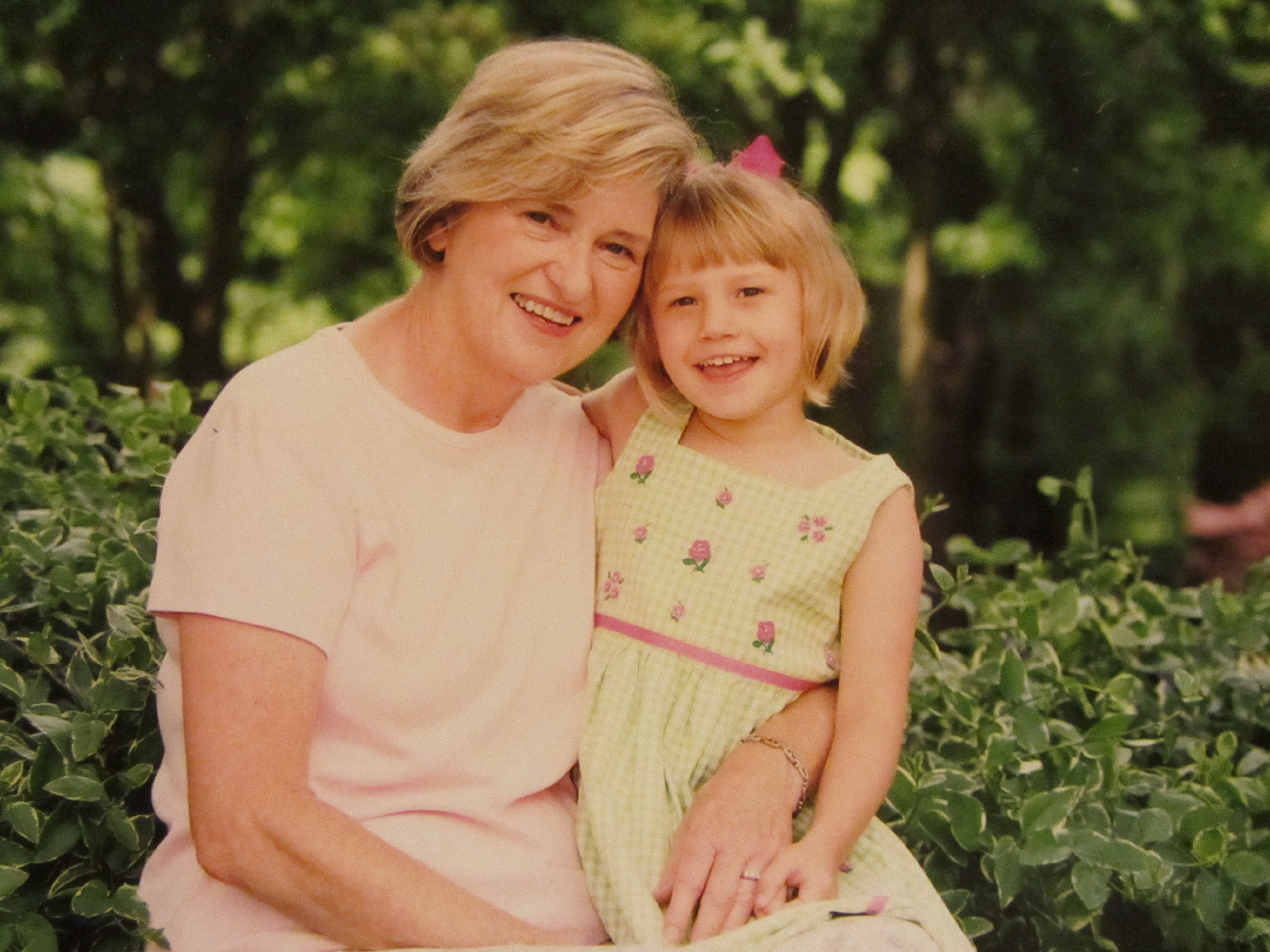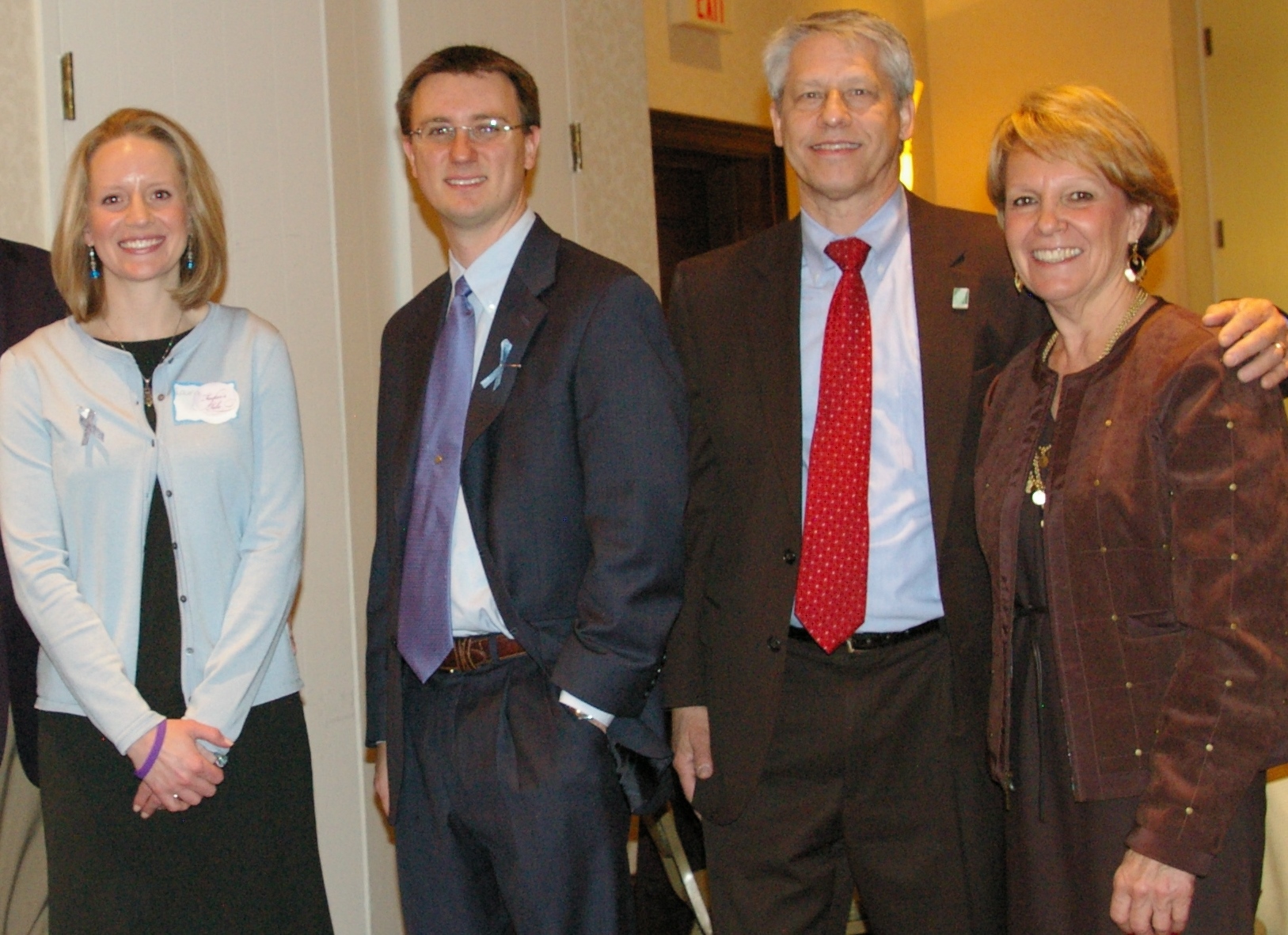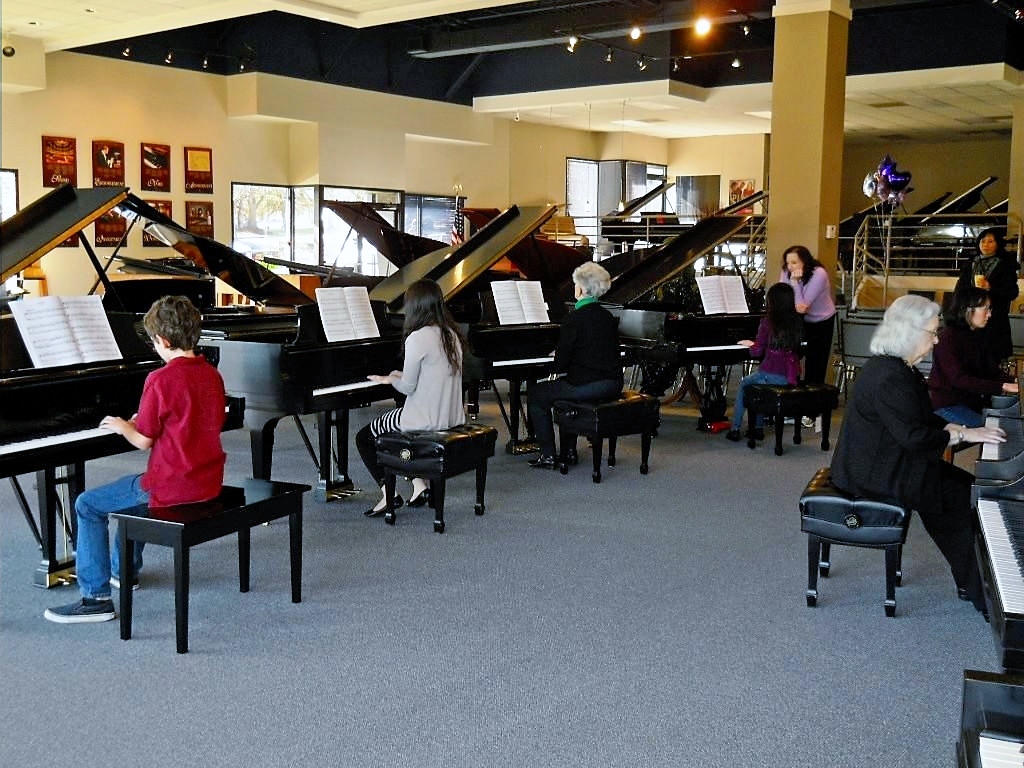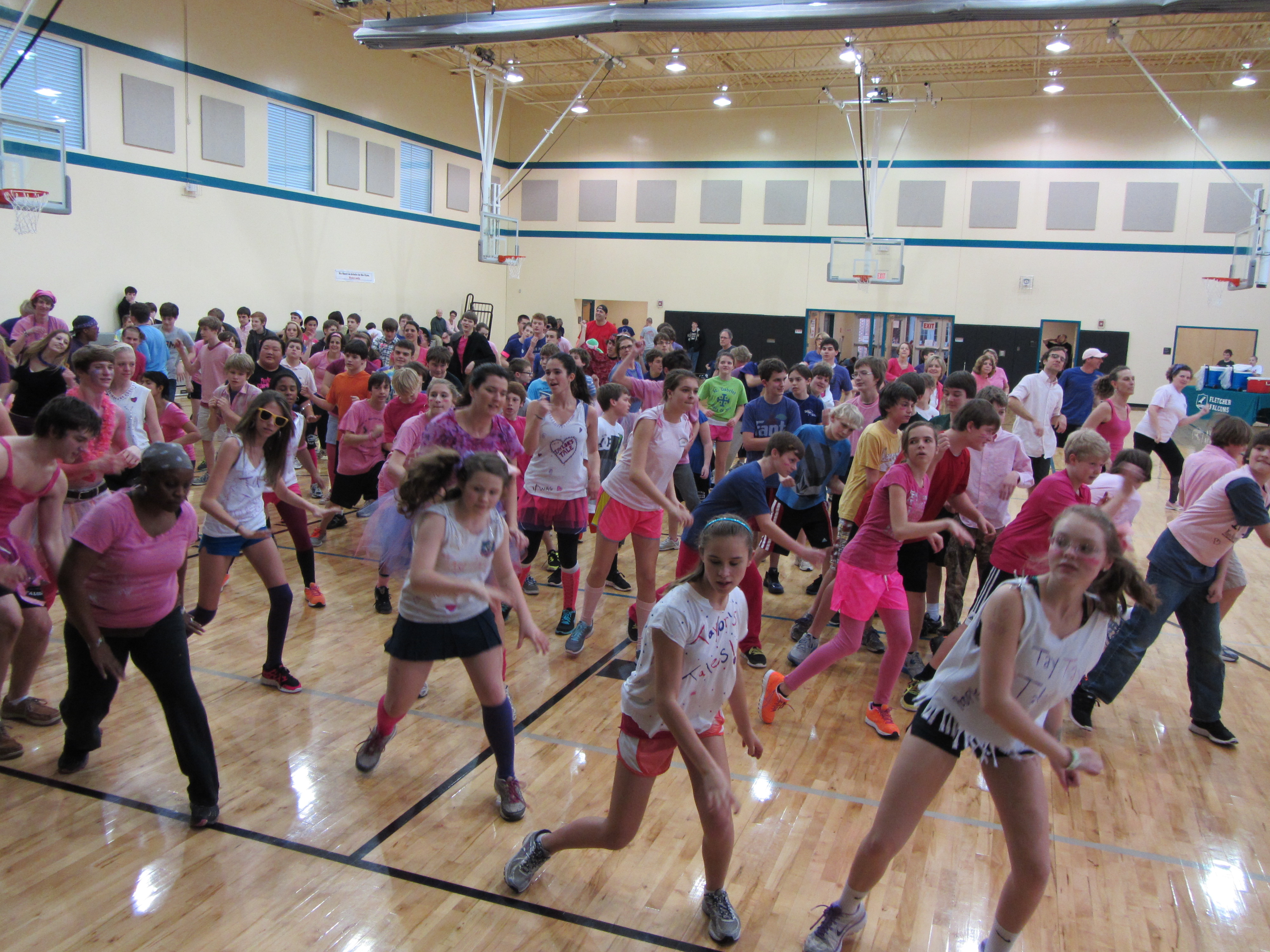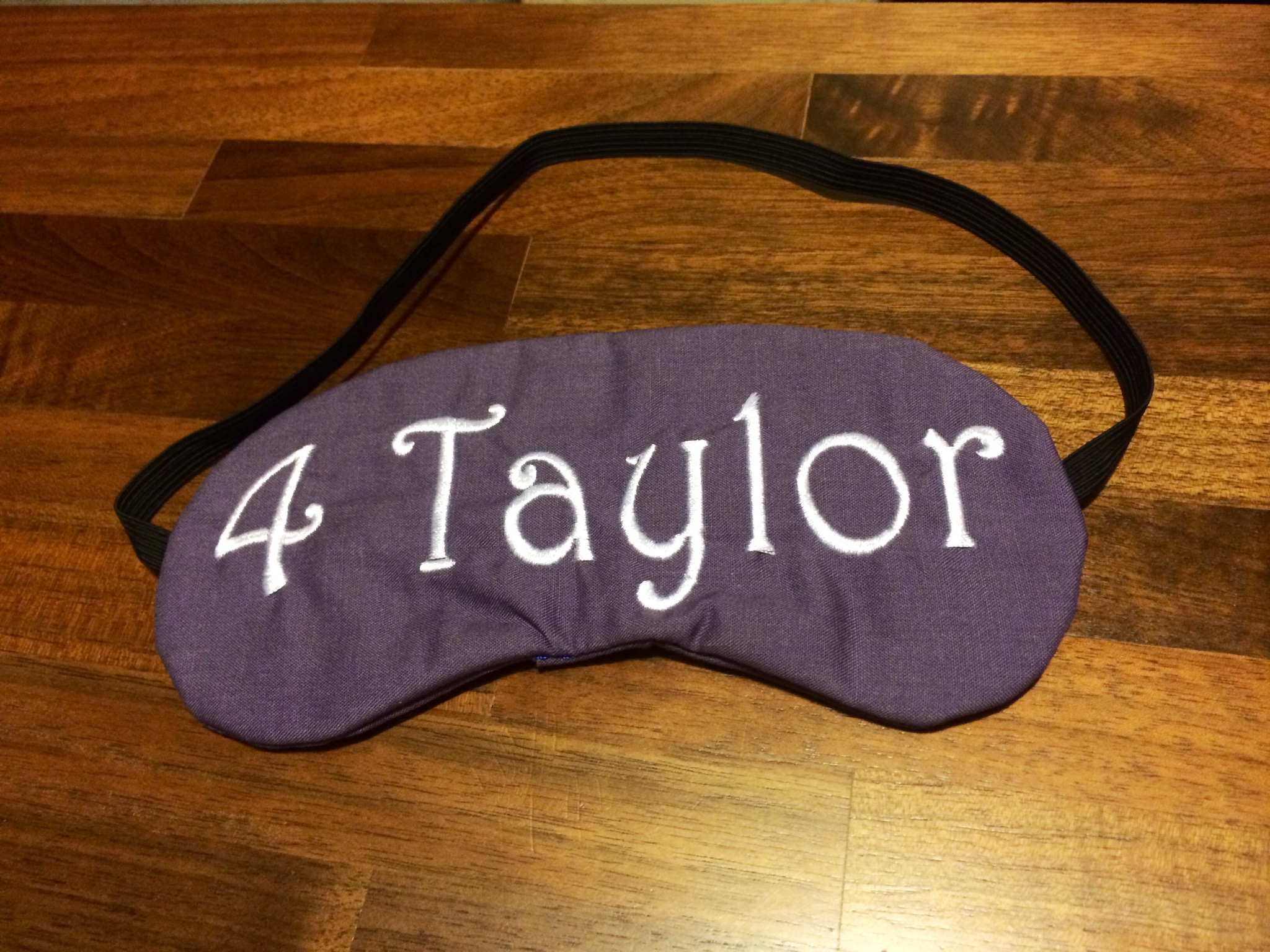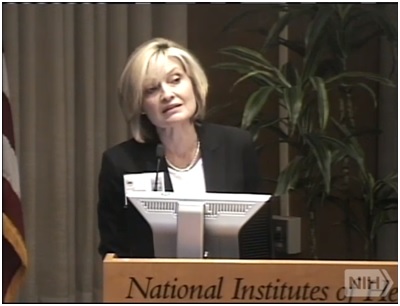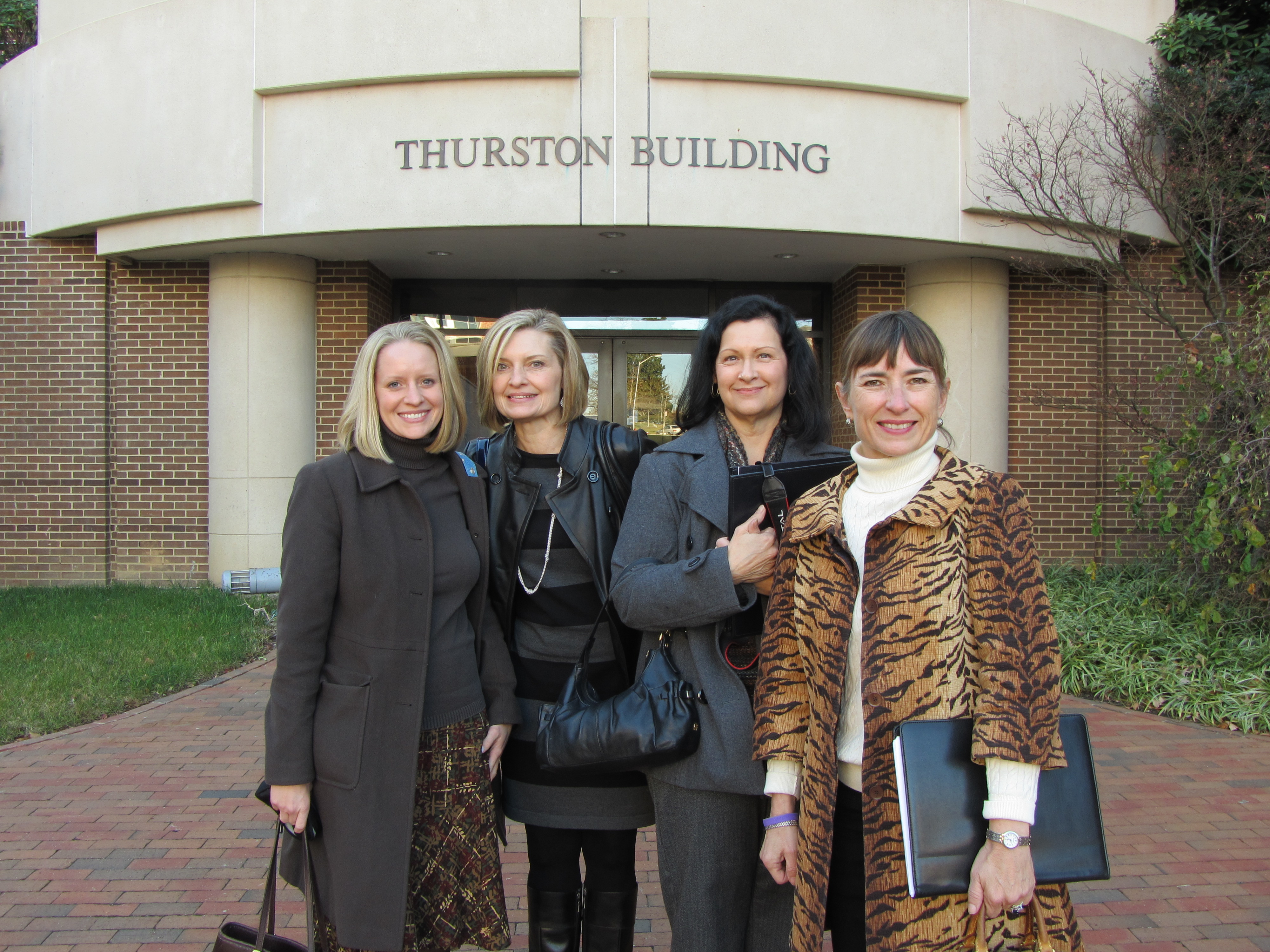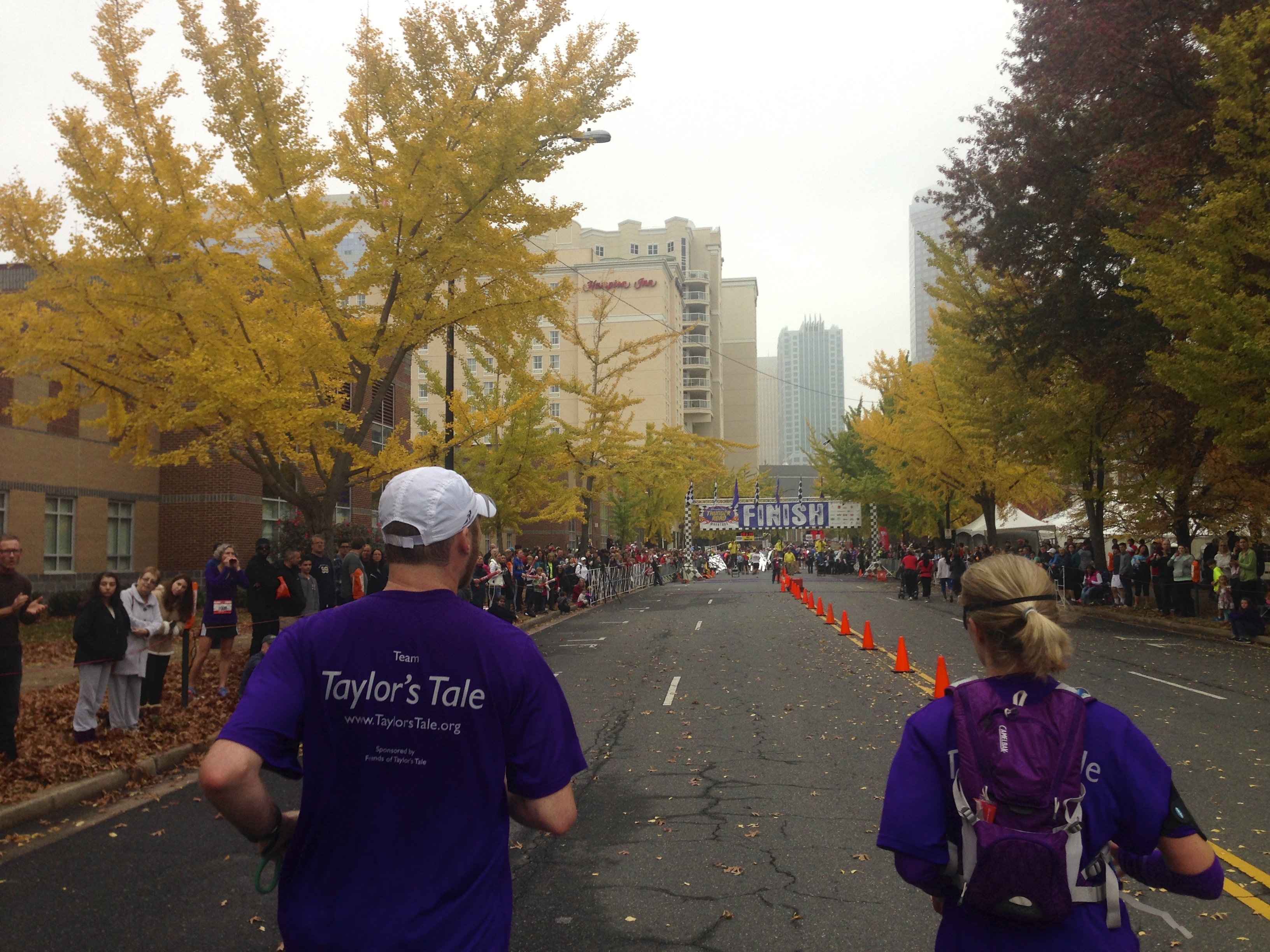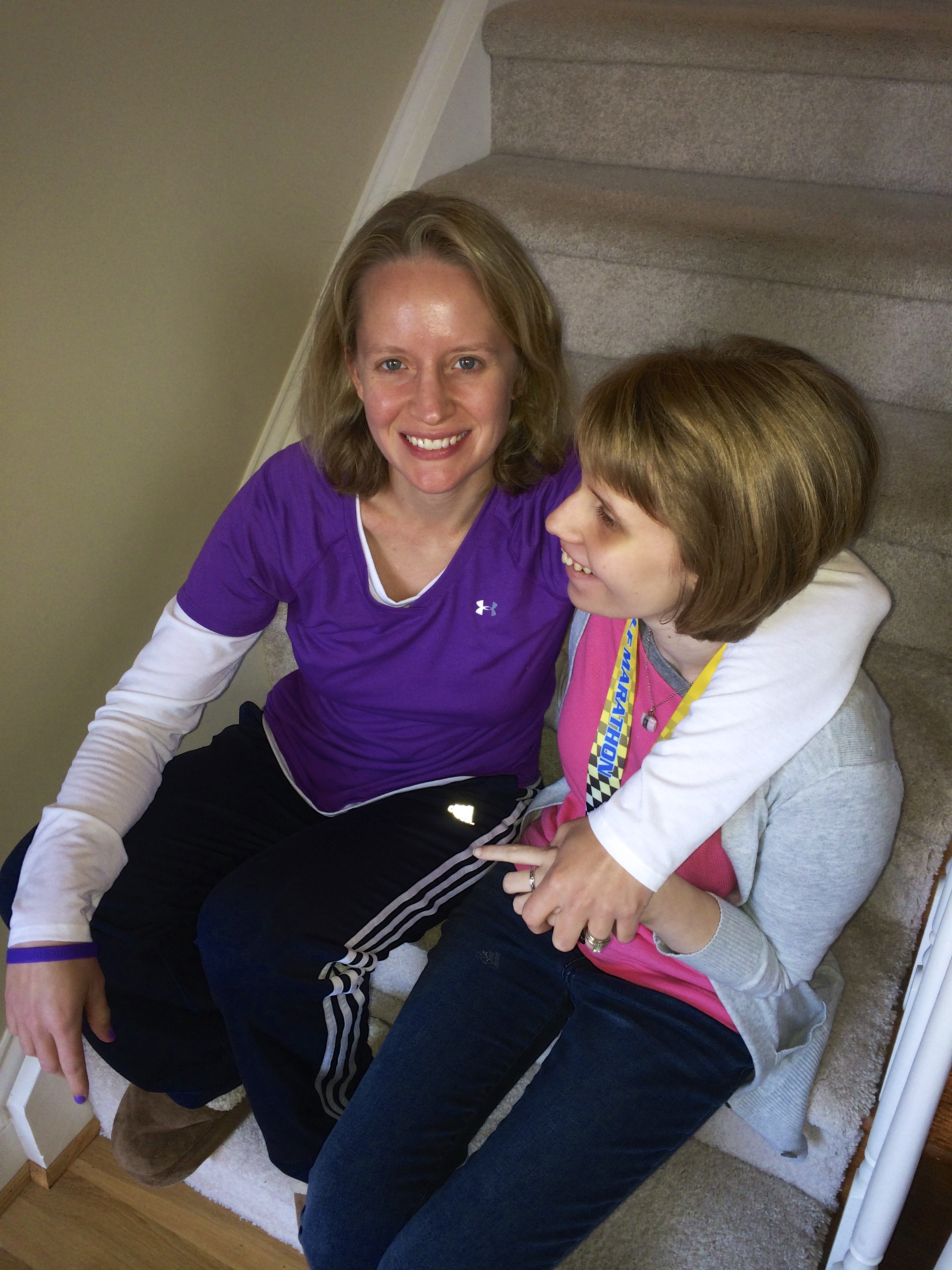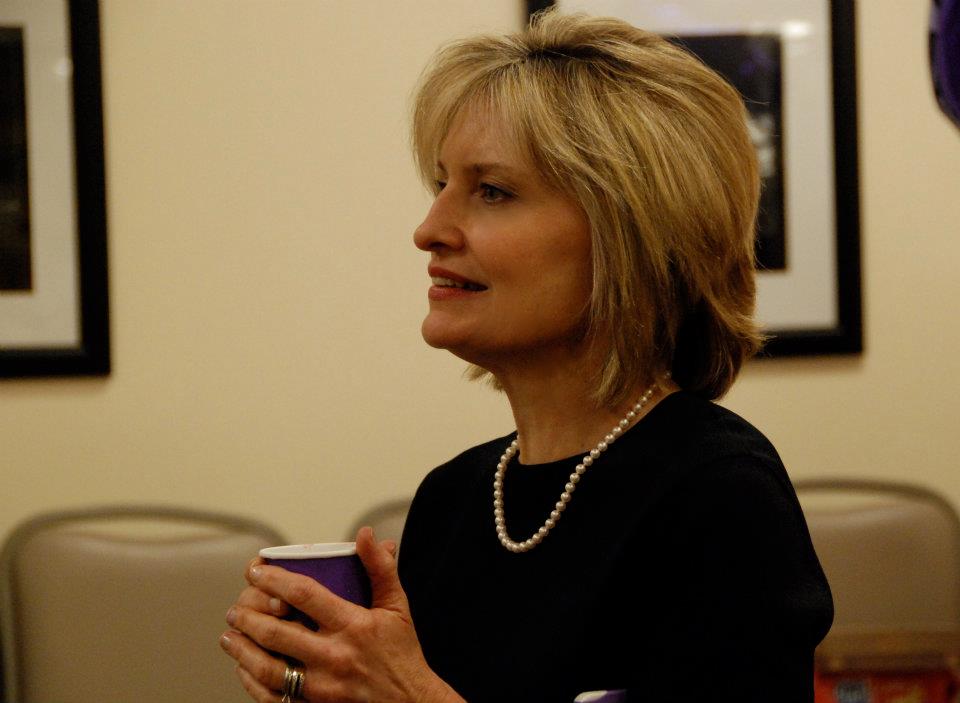As the sun sets on 2013, our seventh full year fighting the war against Batten disease, I know in my heart that in many ways, the story has just begun.
On Jan. 4, we remembered my Grandma Kathryn, an angel in life who earned her wings on Christmas Day 2012. My grandmother, who loved her grandchildren more than she loved her own life, urged us to fight the demon from the moment we got Taylor’s diagnosis in the summer of 2006. She had no way of knowing that she, too, had a tragic neurodegenerative disease lurking inside of her. There was nothing she wanted more than an answer for the disease that dared to steal her granddaughter’s life. I fight for Taylor, but I fight for Grandma Kathryn, too.
On Feb. 28, World Rare Disease Day, Taylor’s Tale announced that we had joined an international coalition to fund gene therapy research at the University of North Carolina. Dr. Steve Gray and his mentor, Dr. Jude Samulski, are not the only talented scientists working on Batten disease. But I believe in them because of 1) what I’ve learned about the science of Batten disease in seven-plus years, 2) what I’ve been told by their respected peers and 3) something in my heart that I can’t describe. And I believe in my heart that if we can continue to fund this project, we’ll have a clinical trial for kids like Taylor in a few short years.
For the fifth consecutive year, music students and teachers held a playathon for Taylor’s Tale in Raleigh, N.C. Their efforts raised thousands of dollars and a great deal of awareness for our fight against Batten disease. I love these kids and their teachers. This event is special.
In April, Taylor’s former classmates at The Fletcher School held their second cardio craze fundraiser with local celebrity Andre Hairston. They turned a school gym into a sea of love and hope.
On June 1, I announced my plan to run the Thunder Road Half Marathon blindfolded to honor Taylor and support the fight against rare diseases.
Eleven days later, Mom spoke at the National Institutes of Health (NIH) on behalf of Hannah’s Hope Fund. Mom and Lori Sames, founder of Hannah’s Hope, delivered amazing speeches, and Hannah’s Hope gained approval from the Recombinant DNA Advisory Committee (RAC) in its quest to begin a human clinical trial for another childhood neurodegenerative disease called GAN.
This year, Taylor’s Tale also welcomed new board members. Our first- and second-year board members have made an incredible impact on our fight against rare diseases in 2013.
During the five and a half months that I trained to run 13.1 miles blindfolded, I learned more about my sister’s dark world, and myself, than I could have ever imagined. And race day, Nov. 16, is an experience I’ll never forget. No words of mine can describe what happened at the Thunder Road Half Marathon for the fight against rare diseases.
In many ways, 2013 has been the most successful year for Taylor’s Tale since my mom and I founded it with a small but determined group of volunteers in a Charlotte living room seven years ago. We connected with members of Congress and developed contacts with other key individuals. We partnered with a leading patient advocacy organization called the Global Genes Project and were adopted by a wonderful, local philanthropic organization called Playing for Others. We’ve raised more money in other years, but we’ve never extended our reach in such a big way, or had this much excitement surrounding a funded project, or harnessed the power of a great story the way we did with the run…until now.
But while 2013 has been an incredible year for Taylor’s Tale, it has been a difficult year for Taylor in every way. When we founded Taylor’s Tale, my sister was an animated, spunky, running, playing, talking, singing 8-year-old with most of her vision. But Batten disease is a demon. Taylor has a beautiful singing voice, but she can no longer talk. Her two 5K finishes inspired my blindfolded half marathon, but she can no longer walk without assistance, and her wheelchair is on order. My sister taught herself to read before kindergarten and learned Braille after she went blind, but she can’t read or write anymore. My sister can’t use a fork and spoon, because Batten disease stole her fine motor coordination. I can see the sadness in her eyes, even though her eyes can’t see me.
Batten disease has won every battle.
But it will NOT win this war.

